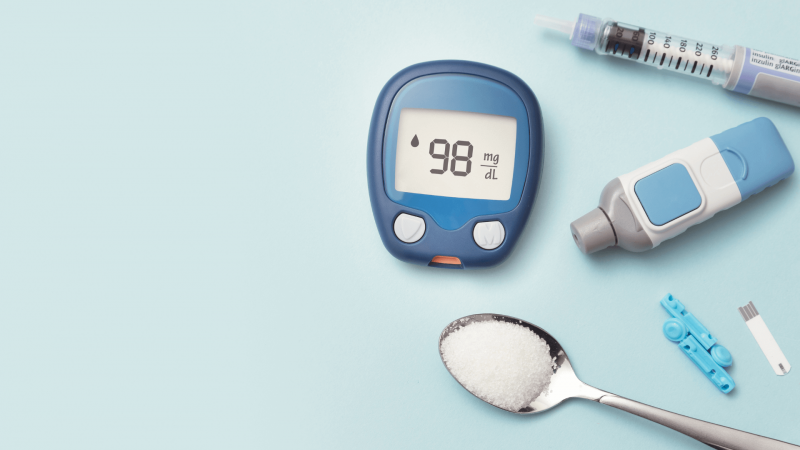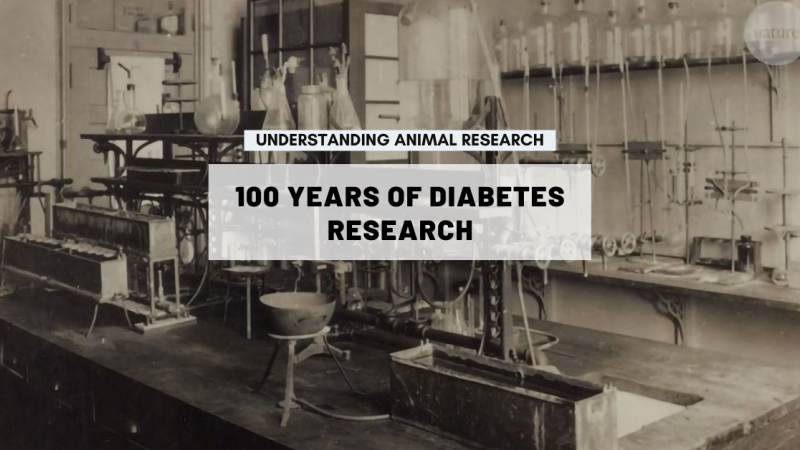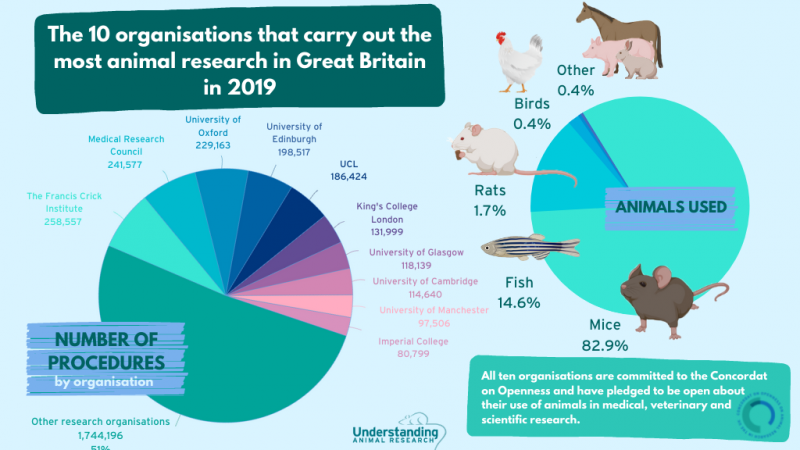Scientists have found a 'molecular switch' that turns fat cells from energy-storing cells into energy-burning cells. The team made the discovery while investigating how a common medicine given to people with diabetes works in mice. The findings could revolutionise the treatment of people who struggle to control their weight, and through doing so, tackle the diabetes epidemic that is growing in the Western World.
Fat cells – or adipocytes – come in two forms. White cells store energy in the form of fat and are the most common type in adults. Brown cells are found primarily in young children and burn energy, creating heat to keep the child warm. The amount of brown fat in the body is inversely proportional to the likelihood of obesity — the more brown fat people have, the less chance they are obese.
Rosiglitazone is a popular treatment for people with type-2 diabetes. However, its full effects on the body are not completely understood and there are concerns about its side-effects. The scientists were studying its effect on fat cells, which it appears to make more sensitive to insulin. They discovered that it changed the activity of a set of genes in adipocytes, resulting in a conversion of the cells from white to brown. Their experiments identified a protein, called PRDM16, which becomes more abundant and appears crucial in the process.
The team believes that new medicines could be developed that act on this protein to increase brown cells in the body. This would help people burn more energy so that they stayed thinner, reducing their risk of developing type-2 diabetes.
Last edited: 14 March 2022 09:08



